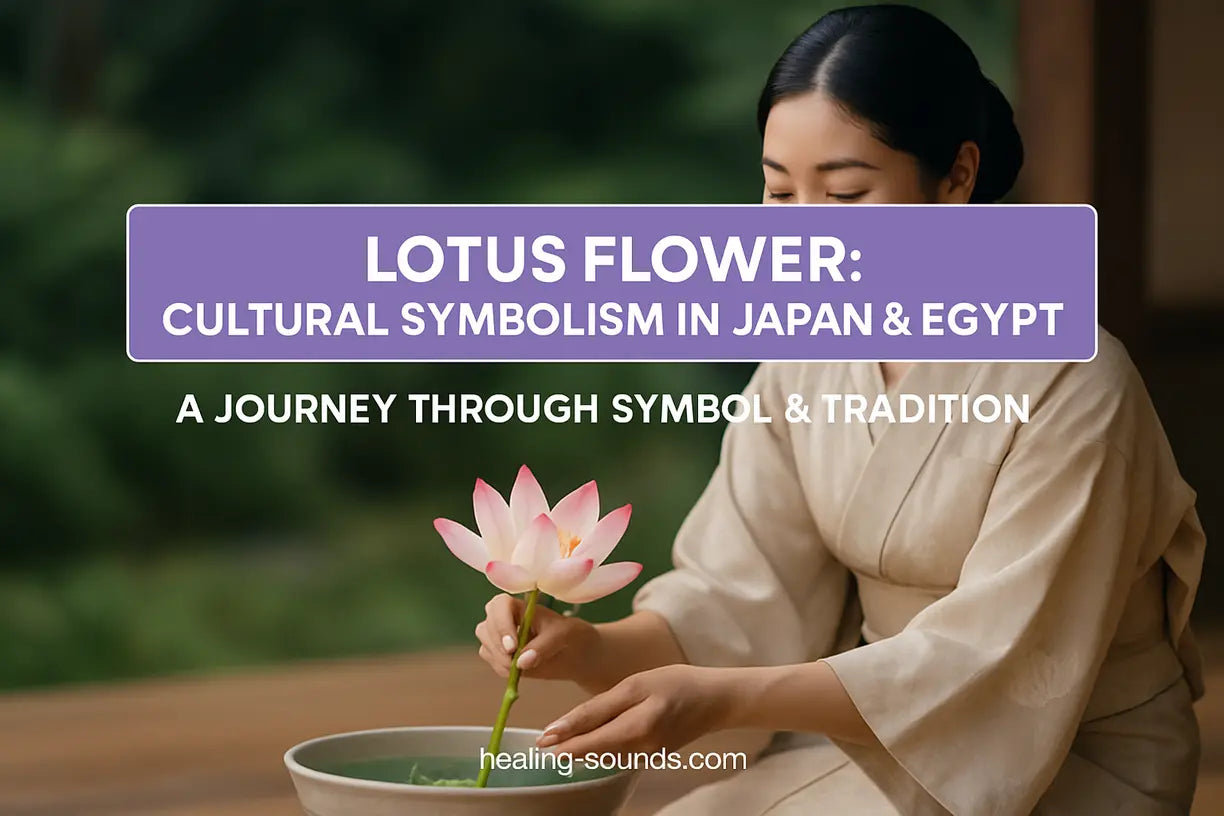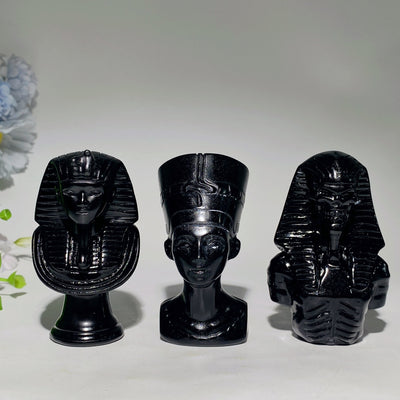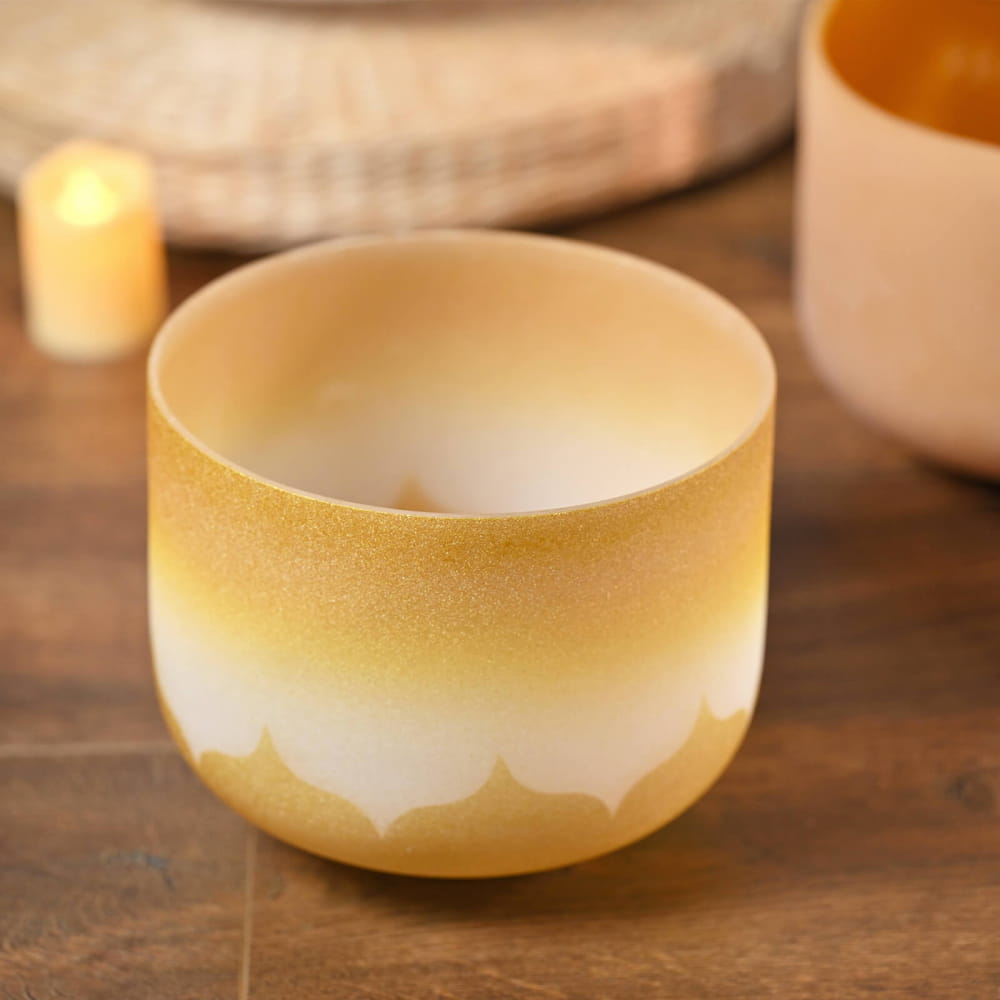The lotus flower, with its serene beauty and remarkable life cycle, has captivated human imagination for millennia. It rises from the murky depths of muddy water to bloom, pristine and untouched, on the surface. This powerful journey has made it a universal symbol of purity, resilience, and spiritual awakening. While its meaning resonates across the globe, the interpretations of the lotus flower in Japanese and ancient Egyptian cultures offer two uniquely profound perspectives. This article explores the rich tapestry of symbolism woven around this sacred flower in these two great civilizations.
Join us as we journey from the tranquil temple ponds of Japan to the sun-drenched banks of the Nile. We will uncover how the Japanese lotus, or Hasu, represents enlightenment and detachment, while the Egyptian blue lotus, or Sesen, symbolizes creation, rebirth, and the very essence of life itself. Understanding these traditions provides a deeper appreciation for the flower's enduring spiritual power.
The Essence of Purity and Enlightenment: The Lotus Flower in Japanese Tradition
In Japan, the lotus flower, known as Hasu (蓮) or Ren (れん), is deeply intertwined with Buddhism and the nation's spiritual and aesthetic sensibilities. Its ability to emerge unblemished from the mud is a direct metaphor for achieving enlightenment amidst the struggles and desires of the material world. It is a reminder that purity of spirit can be maintained regardless of one's origins or surroundings.
Symbolism in Japanese Buddhism and Art
The Japanese lotus flower is a cornerstone of Buddhist iconography. It represents the soul's journey from the darkness of ignorance to the light of wisdom. Many Buddhist deities, including Buddha himself, are often depicted seated or standing on a lotus throne, signifying their perfected state of being. This symbolism is not just religious; it permeates Japanese art, poetry, and garden design.
The flower’s daily cycle of opening in the morning and closing at night also symbolizes the path of spiritual practice—a continuous process of renewal and striving for enlightenment. The different colors hold specific meanings: the white lotus represents mental purity and spiritual perfection, while the pink lotus is considered the supreme lotus, directly associated with the Buddha.

The serene beauty of a lotus pond, like those found in traditional Japanese gardens, is a physical manifestation of these ideals. These spaces are designed for contemplation and meditation, allowing one to observe the lotus and reflect on its powerful message of resilience and grace. You can learn more about the design principles of these spaces at authoritative sources like the Brooklyn Botanic Garden's guide to their Japanese Hill-and-Pond Garden.

8" Golden Lotus Design Crystal Singing Bowl
$259.99 $309.99
Experience Japanese-inspired harmony with this golden lotus singing bowl, perfect for meditation and cultural rituals.
Explore ProductA Symbol of Creation and Rebirth: The Egyptian Lotus Flower
In ancient Egypt, the most revered lotus was the blue lotus, Nymphaea caerulea, known as Sesen. Unlike the Japanese lotus, which rises high above the water, the blue lotus floats directly on the surface. Its significance was tied directly to the life-giving Nile River and the daily cycle of the sun. The Egyptians observed the flower closing its petals at night and sinking underwater, only to re-emerge and bloom with the morning sun. This made it a potent symbol of creation and rebirth.
Rituals, Mythology, and the Afterlife
The Egyptian lotus flower was central to the Egyptian creation myth. It was believed that in the beginning, a giant blue lotus emerged from the primordial waters of chaos, and from its golden heart, the sun god Ra was born. This story cemented the lotus's connection to the sun, life, and divine origin. Its fragrant scent was considered sacred, and it was widely used in religious ceremonies and rituals.
Depictions of the lotus are ubiquitous in ancient Egyptian art, found on temple columns, amulets, and tomb paintings. It was frequently shown being offered to the gods or held by individuals to their noses, inhaling its divine fragrance. In funerary contexts, the lotus symbolized the promise of resurrection and the journey into the afterlife, reflecting its daily cycle of renewal. As detailed by institutions like the World History Encyclopedia, it represented the deceased's hope of being reborn each day, just like the sun god.

Enhance Your Spiritual Practice

14 Inch Carbon Steel Tongue Drum, 15 Notes in C Key
$289.99
$349.99
Discover soothing lotus-inspired melodies—this tongue drum bridges Japanese tradition and meditative practices beautifully. Learn more ➔
Bring ancient Egyptian lotus symbolism home with a hand-carved obsidian figurine that inspires spiritual reflection. Learn more ➔
A Tale of Two Lotuses: Comparing Japanese and Egyptian Symbolism
While both cultures revered the lotus, their focus differed significantly. The Japanese perspective is largely introspective and philosophical, while the Egyptian view is cosmological and cyclical. One focuses on the individual's spiritual journey, the other on the universe's grand, eternal cycle.

Here’s a quick comparison of their core symbolism:
- Core Concept: For Japan, it is purity and enlightenment—the ability to rise above earthly defilement. For Egypt, it is creation and rebirth—the cycle of life, death, and resurrection tied to the sun.
- The Journey: The Japanese lotus represents an upward spiritual path. The Egyptian lotus represents a cyclical cosmic pattern.
- Primary Species: In Japan, the focus is on the pink and white Nelumbo nucifera. In Egypt, it was the blue Nymphaea caerulea.
- Divine Connection: In Japan, it is a throne for Buddha and enlightened beings. In Egypt, it is the vessel from which the sun god Ra emerged.
Despite these differences, a common thread of resilience and transcendence connects them. Both cultures saw the lotus as a powerful emblem of life's ability to emerge from darkness into light, whether that light is personal enlightenment or the life-giving sun.
Conclusion: An Enduring Symbol of Hope
From the Zen gardens of Kyoto to the ancient temples of Karnak, the lotus flower stands as a profound testament to beauty, strength, and spiritual potential. The lotus flower in Japanese culture teaches us about inner purity and the path to enlightenment, while the Egyptian lotus flower reminds us of the eternal cycles of creation and rebirth. Together, they paint a complete picture of a flower that is not just a plant, but a powerful spiritual guide.
By exploring these ancient traditions, we can integrate their wisdom into our own lives, finding inspiration in the lotus's unwavering journey toward the light. Whether used in meditation, art, or simply as a reminder on an altar, the symbolism of the lotus remains a timeless source of hope and encouragement for the human spirit.
Frequently Asked Questions about Lotus Flower Symbolism
The most common Japanese names for the lotus flower are Hasu (蓮) and Ren (れん). Both terms are widely used in language, religion, and art to refer to this significant flower.
Yes, Ren (れん) is one of the Japanese words for lotus. It is often used in names and carries a connotation of purity and spiritual beauty, making it a popular and poetic choice.
In Japan, the lotus flower primarily symbolizes purity of the body, speech, and mind, spiritual enlightenment, and detachment from worldly desires. Its ability to rise clean from muddy water is a central metaphor in Buddhism for attaining wisdom.
The "Japanese lotus" typically refers to the species Nelumbo nucifera, particularly the pink and white varieties that are culturally significant in Japan. It is not just a plant but a deep-rooted symbol in Japanese Buddhism, art, and philosophy, representing enlightenment and purity.
You can see beautiful lotus flowers in many places across Japan, especially during the summer months (July and August). Famous spots include the Shinobazu Pond in Tokyo's Ueno Park, the ponds of Buddhist temples in Kyoto, and various traditional gardens and parks throughout the country.








